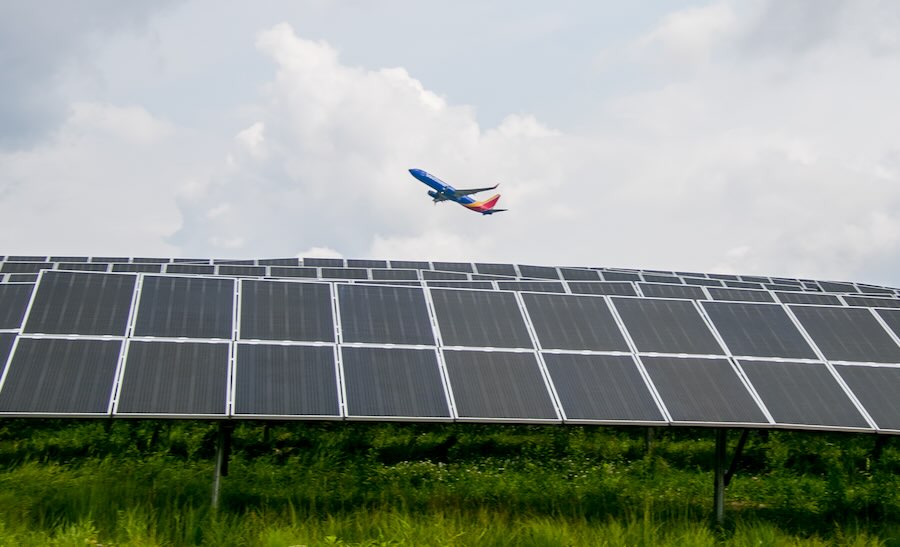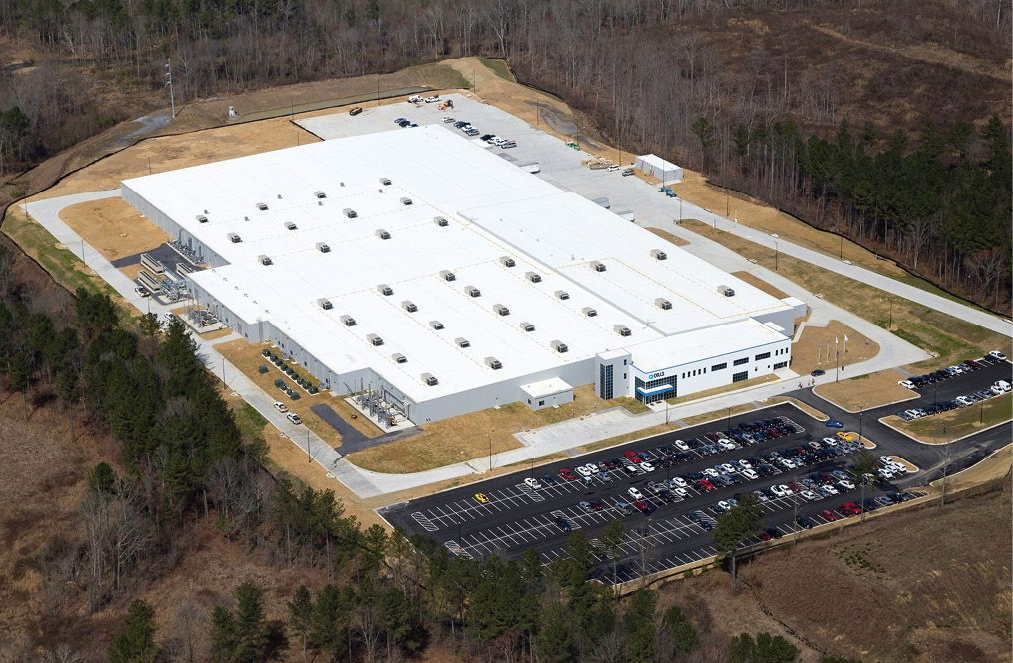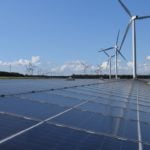The next phase of Pittsburgh International Airport’s energy plan includes a solar project that will more than double its existing array and generate an added 4.7 MW of power. Its existing solar array is part of the its 23-MW microgrid.
Photo courtesy of the Pittsburgh International Airport
Pittsburgh International Airport is positioning itself for the next phase of its energy-focused plans to put otherwise unused property to use by launching a solar project that will more than double its existing array and generate an additional 4.7 MW of power.
The airport, which became the first worldwide in 2021 to be entirely powered by a microgrid, announced plans late last month to partner with utility Duquesne Light Co. and IMG Energy Solutions to install 11,216 solar panels to be located adjacent to an existing 10,000-panel solar field, part of the facility’s 23-MW microgrid .
Airport microgrid is an energy plant composed of five natural gas-fired generators able to produce 21 MW of electricity.
Photo Courtesy of the Pittsburgh International Airport
The new array will be located on 12 acres of airport-owned land that was a construction debris landfill, said Jamie Habberfield, senior manager of business development at IMG, which Liberty Power Innovations acquired in March. Under the deal, IMG will own and operate the expanded solar array and sell power to Duquesne Light under a power purchase agreement, under which power will be distributed to the regional grid.
IMG already owns and operates the solar part of the microgrid and operates the gas plant that it also designed. “It is IMG’s proprietary design that we used to build the plant, and we also operated it for the first four years under contract,” Habberfield said. Peoples Natural Gas, which owned the microgrid, sold the asset to Cordia in 2023.
“There’s nothing hazardous in [the landfill], which was a piece of property that could not be developed for any other commercial reasons, so it was agreed by everyone involved that that was a great place to put a solar project,” Habberfield added.
Construction is expected to start in 2026, with completion anticipated in the first half of 2027. It is too early to say when EPC or specialty contractors for the project will be selected, Habberfield said, and the review process by regional grid operator PJM interconnection may not be completed until the fall.
“At that point, we will have to move forward with final budgets and financing, so we wouldn’t be prepared to move forward with any contractor selection for several quarters,” he added.
Up Next
Other energy initiatives at the airport—which has completed about 90% of its $1.1 billion terminal modernization project –include development of a sustainable aviation fuel plant and an integrated hydrogen and fuel production facility.
The airport will act as a “strategic landlord” for those projects, with developers needing to enter long-term lease agreements, but with the airport not necessarily having a stake in the projects, said Chad Willis, vice president of planning, environmental and sustainability at the Allegheny County Airport Authority, which manages the Pittsburgh facility.
Earlier this year, the airport signed a lease agreement with green energy developer Avina to develop and build the sustainable aviation fuel plant. “We have been in negotiations and discussions with Avina for quite some time,” Willis said. The airport has acres of land to the south of its airfield that can be used for commercial development, he added.
Plans call for the facility to be developed in phases with the exact initial size yet to be determined, he said. “Right now the initial phase is planned to be between 25 and 50 million gallons per year of production,” Willis said. By the end of the program, the final buildout will likely be more than 100 million and up to about 125 million gallons per year.
Willis said he could not provide specific project start and end dates for the work. “We’re hoping to get to a final investment decision on the project later this year,” he said. “That will inform the construction timeline, but we’re hoping to be in construction starting in early 2026.”
Projects like the fuel plant typically take about up to 2.5 years to complete, Willis said. “We don’t have a final date quite yet when we expect to be open, but we’re hoping for late 2028 or early 2029.”
If the project goes through, the airport would score another first as the only one to produce sustainable aviation fuel on site, he said.
Last year, CNX Resources signed a letter of intent with KeyState Energy to build a $1.5-billion facility on airport property that can produce either hydrogen solely, or sustainable aviation fuel exclusively. But the project is contingent on whether the federal government “enables a pathway” for coal mine methane under Section 45V hydrogen production tax credit , part of the Inflation Reduction Act, the firm said.
Federal tax credits for clean energy production–including 45V as well as the Investment Tax Credit, which the airport’s solar expansion is eligible for, are now being heavily debated in Congress as lawmakers wrangle over the tax portion of the federal budget reconciliation bill.
CNX did not respond to requests for comment on the credits..
https://www.enr.com/articles/60776-pittsburgh-airport-to-expand-solar-array-by-47-mw-next-year





